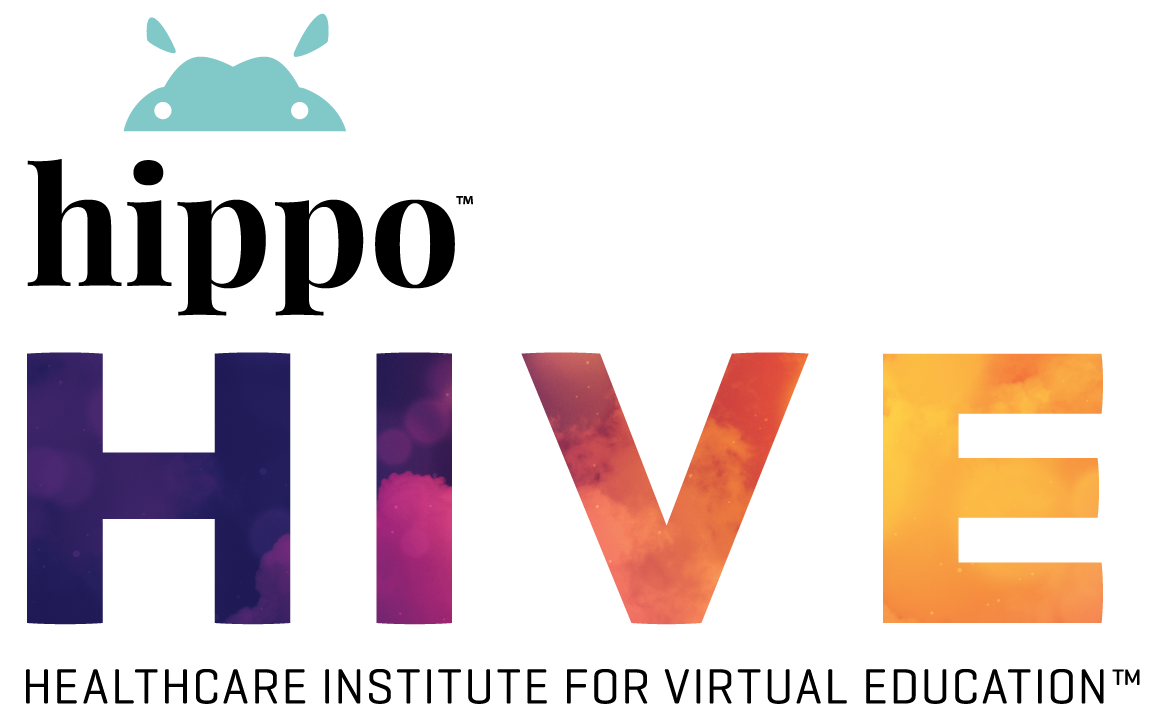By Dr. Wendy Powell
Due to the recent COVID-19 pandemic, technology has seen an increasing role in healthcare, with the current global crisis bringing a new level of interest into technology-based solutions for many of the ongoing health challenges. However, in recent years, virtual reality (VR) has already begun to be used to assist with treatment of mental health issues, such as anxiety disorders and phobias.
VR has been used in the treatment of phobias for more than 20 years and is one of the more established forms of medical VR intervention. Phobias are often treated using gradual exposure to the fear stimulus, so virtual and augmented reality technologies are well-suited to support this form of treatment. They enable digital simulations of the fear stimulus to be presented to a patient in a very controlled manner, which can be adjusted precisely to the needs of each individual patient. Specialist centres, such as the Virtual Reality Medical Centre in California, support a number of psychological clinics to deliver VR therapy for a wide range of fears and phobias. Closer to home, even NHS hospitals are starting to introduce this technology into psychological practice for treating some common phobias.
An emerging area which is drawing on the principles of VR exposure therapy is in the field of post-traumatic stress disorder (PTSD). Since the early 2000s, pioneers such as Albert “Skip” Rizzo and Barbara Rothbaum have been researching in this area, resulting in the development of VR simulations which provide realistic treatment environments for treating PTSD in military personnel. Other PTSD sufferers now being treated include first responders and victims of terrorist attacks. Treatments have advanced considerably in recent years, and systems can include state of the art VR headsets, directional audio, vibration feedback and even smells such as diesel and cordite.
The recent crisis has now highlighted just how useful digital interventions can be, and with the correct infrastructure and technology, how they can be managed and supervised remotely by clinical staff. For example, the University of Alberta has recently reported that remote and digital mental health treatments for frontline workers are delivering outcomes comparable to face-to-face therapies.
As well as aiding with mental health, VR has been shown to help physical and cognitive rehabilitation, with many VR applications being able to support a range of therapeutic programmes, such as tracking body movements through VR sensors. Systems such as these can be used diagnostically as well as for treatment and could perhaps pave the way for earlier detection of some physical or mental disorders.
There is likely to be an increasing demand on health care services, and a greater desire for support for well-being, not just for “health”. There are already a wide range of technology solutions to help meet this demand, from body-worn activity sensors to smartphone relaxation apps – there is a plethora of options available. However, the current difficulty is often in knowing what to choose, and which apps and devices offer evidence-based solutions, as well as which are just jumping on the wellness bandwagon. Alongside the growth in health and wellness technology, there is an increasing need for regulation of the medical apps and wearables market, and for some sort of quality mark which can be awarded to solutions meeting a set of agreed standards.
Increased personalisation of health care is already been supported by using artificial intelligence and “big data” analysis. The more that is understood about the differences in the way people use, and respond to, digital interventions, the more we will be able to optimise them for each person. This type of analysis also lends itself to the detection of anomalies, and behaviour changes, which could feed back into the early diagnostic system. A greater emphasis on prevention and early detection is going to become increasingly seen as the world moves away from a reactive “one size fits all” healthcare system into a proactive and adaptive model of prevention and care.
